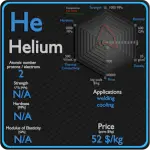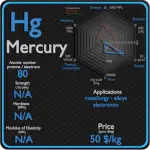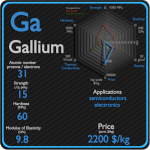This article contains comparison of key thermal and atomic properties of hydrogen and aluminium, two comparable chemical elements from the periodic table. It also contains basic descriptions and applications of both elements. Hydrogen vs Aluminium.
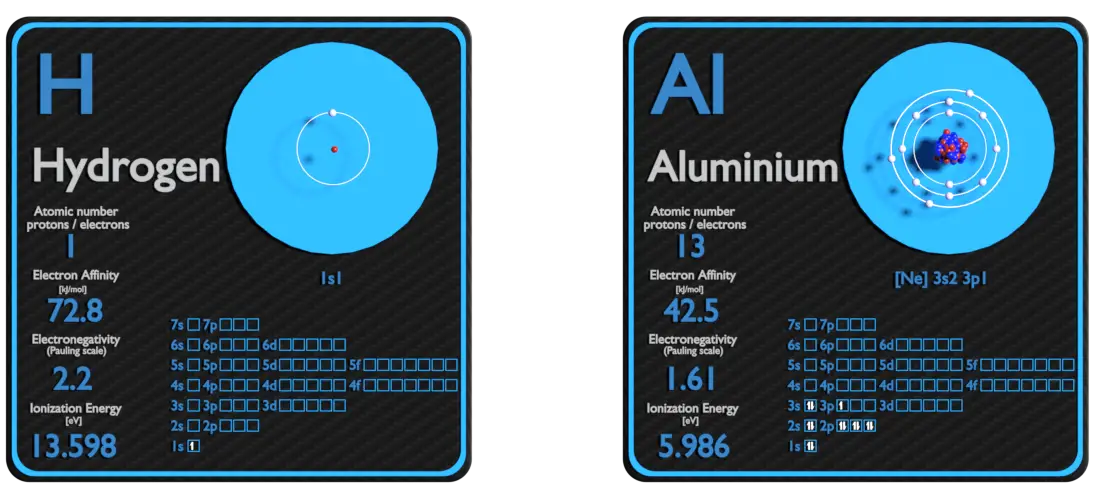
Hydrogen and Aluminium – About Elements

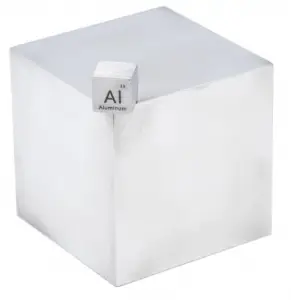
Source: www.luciteria.com
Hydrogen and Aluminium – Applications
Hydrogen
Hydrogen is versatile and can be utilized in various ways. These multiple uses can be grouped into two large categories. Hydrogen as a feedstock. A role whose importance is being recognized for decades and will continue to grow and evolve. The largest single use of hydrogen in the world is in ammonia manufacture, which consumes about two-thirds of the world’s hydrogen production. Hydrogen is versatile and can be utilized in various ways. These multiple uses can be grouped into two large categories. Hydrogen as a feedstock for further chemical processes. A role whose importance is being recognized for decades and will continue to grow and evolve. And hydrogen as an energy carrier. Hydrogen is also commonly used in power stations as a coolant in generators due to a number of favorable properties that are a direct result of its light diatomic molecules.
Aluminium
Aluminium and its alloys are used widely in aerospace, automotive, architectural, lithographic, packaging, electrical and electronic applications. It is the prime material of construction for the aircraft industry throughout most of its history. About 70% of commercial civil aircraft airframes are made from aluminium alloys, and without aluminium civil aviation would not be economically viable. Automotive industry now includes aluminium as engine castings, wheels, radiators and increasingly as body parts. 6111 aluminium and 2008 aluminium alloy are extensively used for external automotive body panels. Cylinder blocks and crankcases are often cast made of aluminium alloys.
Hydrogen and Aluminium – Comparison in Table
| Element | Hydrogen | Aluminium |
| Density | 0.00009 g/cm3 | 2.7 g/cm3 |
| Ultimate Tensile Strength | N/A | 90 MPa (pure), 600 MPa (alloys) |
| Yield Strength | N/A | 11 MPa (pure), 400 MPa (alloys) |
| Young’s Modulus of Elasticity | N/A | 70 GPa |
| Mohs Scale | N/A | 2.8 |
| Brinell Hardness | N/A | 240 MPa |
| Vickers Hardness | N/A | 167 MPa |
| Melting Point | -259.1 °C | 660 °C |
| Boiling Point | -252.9 °C | 2467 °C |
| Thermal Conductivity | 0.1805 W/mK | 237 W/mK |
| Thermal Expansion Coefficient | — µm/mK | 23.1 µm/mK |
| Specific Heat | 14.304 J/g K | 0.9 J/g K |
| Heat of Fusion | 0.05868 kJ/mol | 10.79 kJ/mol |
| Heat of Vaporization | 0.44936 kJ/mol | 293.4 kJ/mol |
